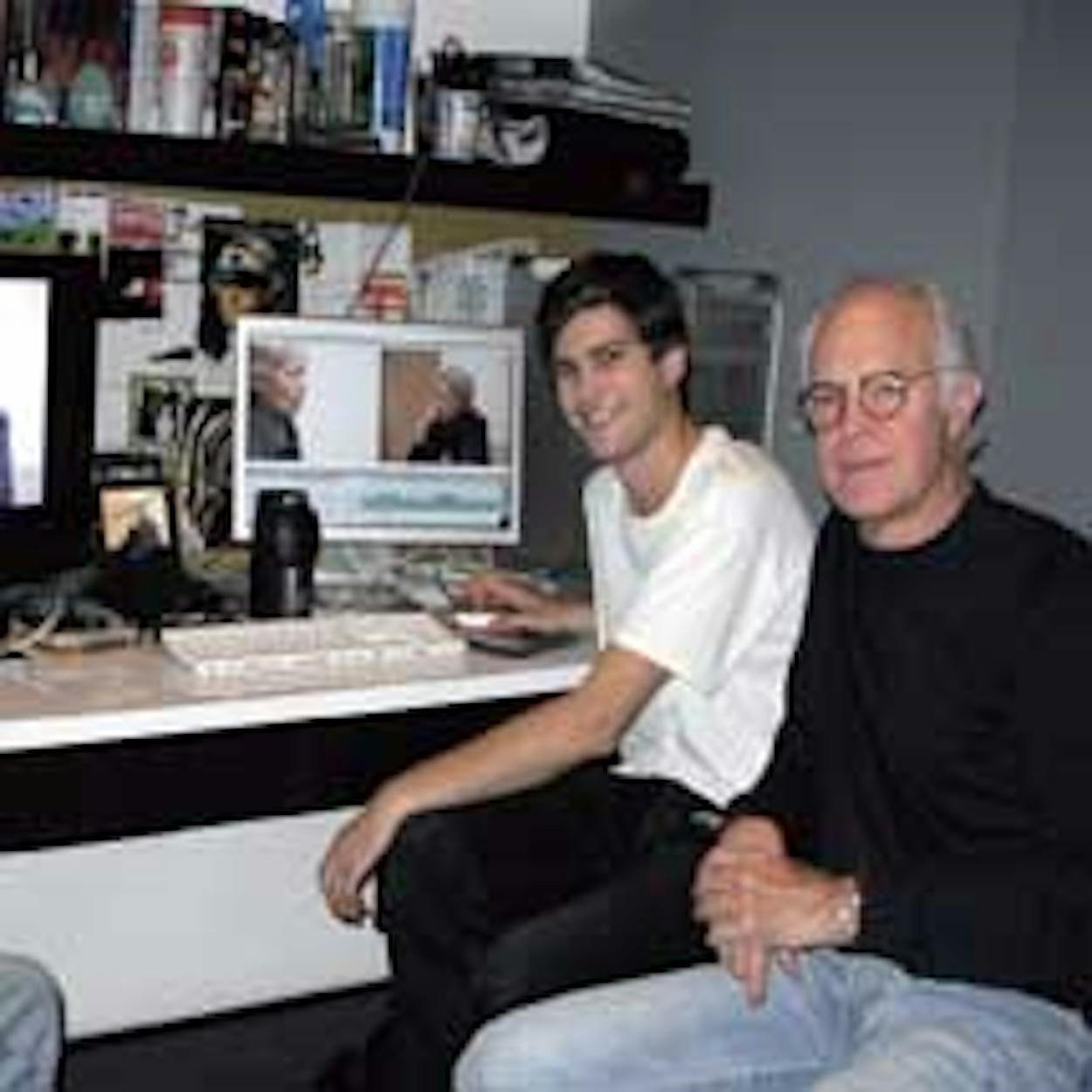When the Menil Collection opened in Houston in 1987, the public could finally see for themselves the masterpieces amassed by John and Dominique de Menil. As philanthropists and avid collectors, the late couple infused the Texas art scene with both their eye for talent (what Dominique referred to as her “enormous appetite for whatever turns me on”) and their largesse (numerous purchases ended up as gifts scattered across the globe). Just as their 16,000-piece collection—which includes medieval and Byzantine works, African and Oceanic pieces, an array of twentieth-century offerings, and a stash of Surrealist art—offers a compelling look into the psyche of its owners, so too does a new film present a never-before-seen look at Dominique in her curatorial element.
Created by the de Menils’ son Francois and grandson John, Max Ernst Hanging follows the installation of a 1973 exhibition of the German artist’s work at Rice University. Using archived footage shot by Francois, a Houston native who works as an architect in New York, the film documents the entire process, from Dominique’s intimate conversations with Ernst to the glam opening-night party.
Dominique’s grandson John, who edited the film along with his NYU classmate Jack McDonald, spoke with Texas Monthly about his family’s unique home video.
How did this particular project, Max Ernst Hanging, come about?
There was an exhibit [“Max Ernst In the Garden of Nymph Acolie,” which closed February 15] that was going up at the Menil Collection, and my dad, Francois, remembered this footage he shot back in 1973 that he had never done anything with. It was basically untouched, and it was very well preserved. I had just graduated [from the Tisch School of the Arts at New York University], and he asked whether I would be interested in working on the project with him.
How much footage did you have to work with?
The film ended up being approximately 59 minutes, but there was about fifteen hours’ worth of basic footage. It seems like a lot, but it’s actually a very small amount. Most documentaries come from hundreds of hours’ worth of film.
What was your first impression when you saw the raw footage?
Well, my dad hadn’t watched it in 35 years, but we both had the impression that it wasn’t going to make a good movie. Nobody is talking to the camera, and there’s not as much action as you might be used to seeing in a documentary. So at first we thought we’d just string the footage together and have it playing on a monitor in the gallery as a supplement to the exhibit. But the more we watched it, the more we realized that there was a story in the footage. A lot of great films are essentially about a process of one sort or another—something becoming something else—and we realized that’s what we had. We just had to decide how short we would have to make it so that people would stick with it.
We had an important double-edged sword with this film because on the one hand it is very nostalgic and glorifies the past. In that way it promotes my grandparents’ legacy. But on the other hand, we meant it to be more inspirational. You can see that it’s very real. Dominique was not any sort of superpower. She debates things and gets things wrong, just as anybody else. So in a way we said “Let’s try to have this spirit again.”
You were about ten or eleven when your grandmother, Dominique de Menil, passed away. What did you learn about her as you watched this footage and put the film together?
I got to know her better, but there wasn’t anything surprising. It’s basically how I remember her: In charge. One of the clearest memories I have of her is being in the back seat of a car with her, and she’s driving the car even though she’s in the back seat. She seemed to be almost the same as I remember her. To really get into documentary footage, you need to watch it over and over again, ad nauseum. You get to know the subjects really well. Even though it was shot 35 years ago, it seems so present.
Do you think the film will get picked up by a cable channel or PBS?
We’re exploring some options. There’s a company that might be interested in releasing it on DVD that would then be sold in museum gift shops. And even though it’s a very obscure movie, we’ve submitted it to some festivals.
Is there more Menil-related footage that you might work with in the future?
There’s a massive amount of footage in the Menil archives that either my dad or his sisters shot. There’s a lot of material that is well catalogued, but hasn’t been used. Dominique is the star of this film and John is a little more in the background, but there is footage that could be made into a companion piece, in which he is the main character. But that’s all just speculation because it would be a big process to filter that down.
What have you taken away from this project?
This whole experience has turned me on to documentary. In narrative film, you’re always fighting against what the character should say or do to turn the story in a particular way, and movies can get so far-fetched. But no matter what happens in a documentary, you at least know it’s real—even if someone is putting on an act because they’re being filmed. It’s amazing, but if you just point the camera at something, something interesting is going to happen.
- More About:
- Art
- Film
- Documentary








